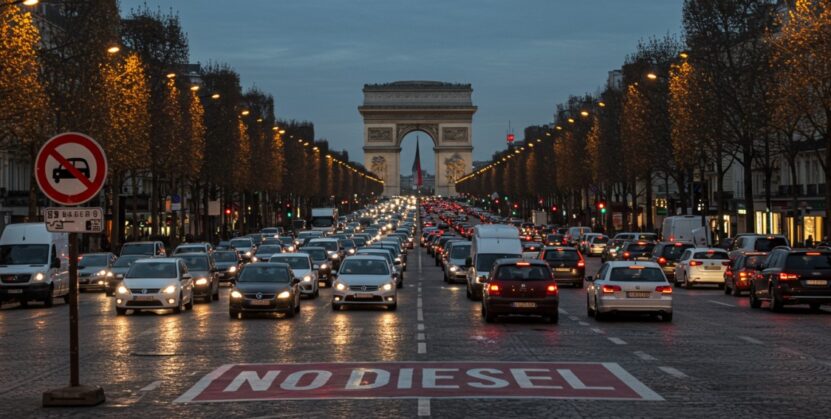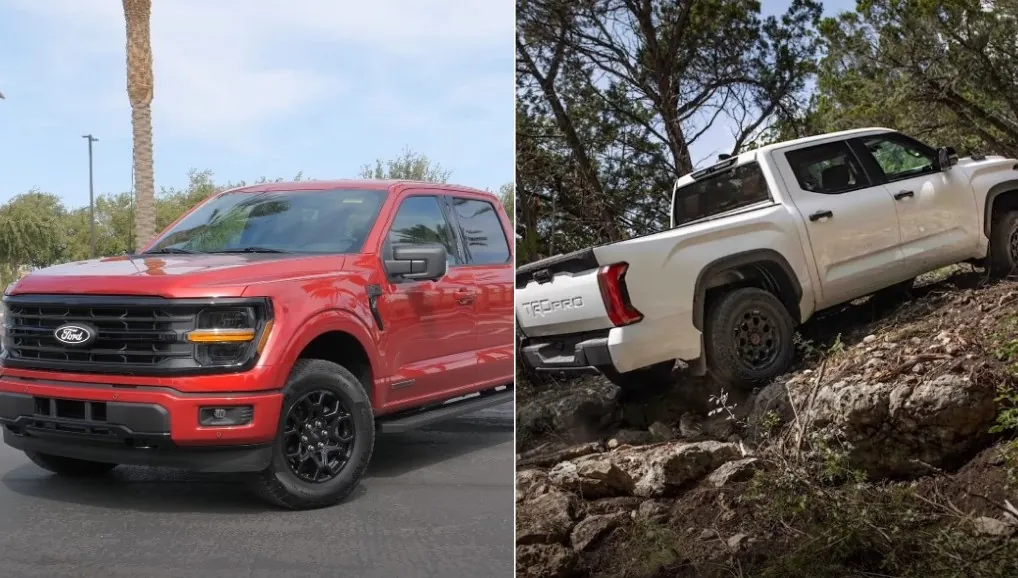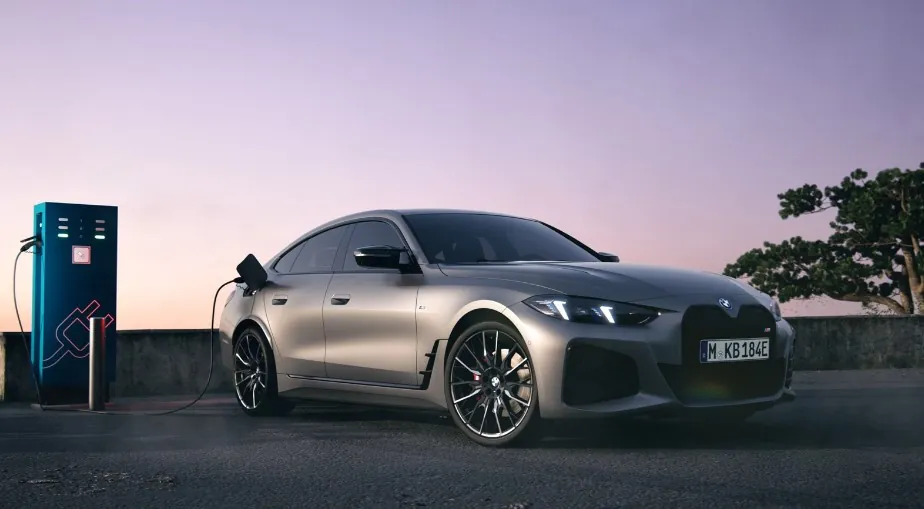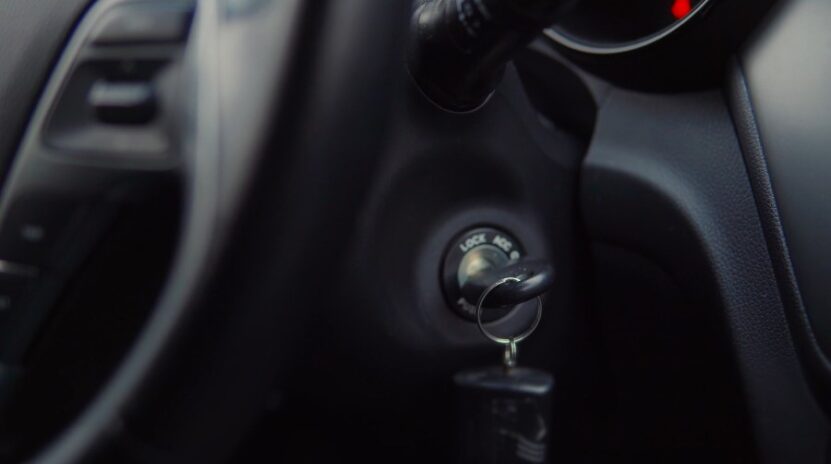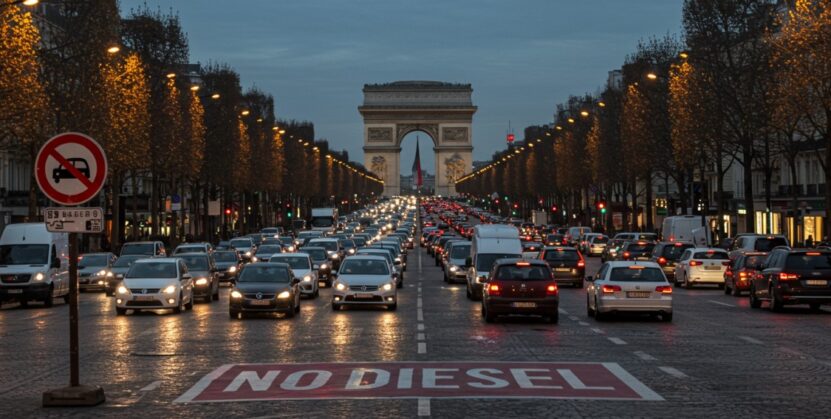
Share Post:
Governments across the world are setting fixed timelines to remove diesel vehicles from production lines and public roads. Diesel models no longer receive policy support in many regions. Lawmakers favor cleaner alternatives. Entire cities plan to exclude diesel vehicles from central zones. Electric vehicle subsidies are rising while diesel restrictions keep expanding. Manufacturers revise product lines. Diesel is no longer a long-term strategy for mobility.
Vehicle owners who aim to reduce harmful emissions often look toward practical upgrades. Replacing outdated parts with certified Diesel Engine Spare components helps limit smoke, increase fuel efficiency, and bring engines closer to modern standards. Upgrades to exhaust filters, fuel injectors, or EGR systems help lower environmental impact without needing to switch powertrains. Efficient maintenance supports compliance with local regulations and extends vehicle value.
Transport policy is shifting. Public investment favors electric mobility. Private companies follow that trend. Urban and national strategies influence supply chains, resale markets, and consumer decisions. Each step carries consequences for industries that once depended on diesel.
Table of Contents
ToggleCountries Planning Diesel Bans
Many countries have passed concrete legislation or government-backed commitments to ban the sale of new diesel cars. Each one has set a timeline and scope that aligns with their national environmental policies.
- European Union: Ban on all new petrol and diesel cars by 2035 across all member states.
- United Kingdom: Ban on new petrol and diesel car sales by 2030. Hybrids allowed until 2035.
- Canada: National zero-emission vehicle sales mandate starting in 2026. Full ban on new diesel and petrol cars by 2035.
- United States: No national ban, but individual states like California, New York, and Washington will ban new internal combustion engines by 2035.
- Norway: Aims for all new car sales to be zero-emission by 2025. No diesel car sales expected after that.
- France: Official plan to end diesel and petrol vehicle sales by 2035.
- Germany: Committed to the EU-wide 2035 ban. Also supports synthetic fuels under strict conditions.
- Netherlands: Government aims for all new cars to be emission-free by 2030.
- India: No fixed national ban, but cities like Delhi restrict diesel vehicles older than 10 years.
Policy Structure and Enforcement Methods
Bans are typically enforced through national vehicle registration laws and emission compliance rules. Governments combine incentives for electric vehicles with penalties for continued diesel sales.
Most plans include mid-term milestones such as mandatory EV sales percentages or industrial fleet requirements. Countries with stricter targets also fund charging infrastructure and battery research to meet their deadlines.
Cities Enforcing Early Restrictions

City governments have started enforcing diesel restrictions ahead of national deadlines. These policies often target air pollution and health issues tied directly to older diesel engines. Many cities restrict vehicle access based on emission class, production year, or license plate regulations.
- Paris: Diesel vehicles registered before 2011 already face weekday restrictions. Full ban planned for 2025.
- Madrid: Diesel cars that do not meet Euro 6 standards face fines in the city center. Full bans are scheduled by 2025.
- Athens: All diesel cars older than Euro 5 are banned in central zones. Tougher limits planned by 2025.
- Mexico City: Diesel vehicles without particulate filters are banned from circulation. More categories will be restricted soon.
- Berlin: Multiple streets already block access to older diesel models. Expansion to larger city areas is underway.
- Rome: Full diesel ban inside the historic center set for 2024. Surrounding zones will adopt phased limits.
Enforcement Tools Used by Cities
Cities implement diesel restrictions using multiple methods. Low-emission zones rely on cameras that scan plates and issue automatic fines. Digital passes restrict non-compliant vehicles in real-time.
Public transport is expanded in restricted areas to offer alternatives. Some cities add congestion pricing or vehicle quotas to reduce traffic volume. These restrictions aim to reduce nitrogen dioxide levels and meet EU air quality standards. Each policy is backed by legal enforcement and urban planning updates.
Industry Reactions and Legal Loopholes
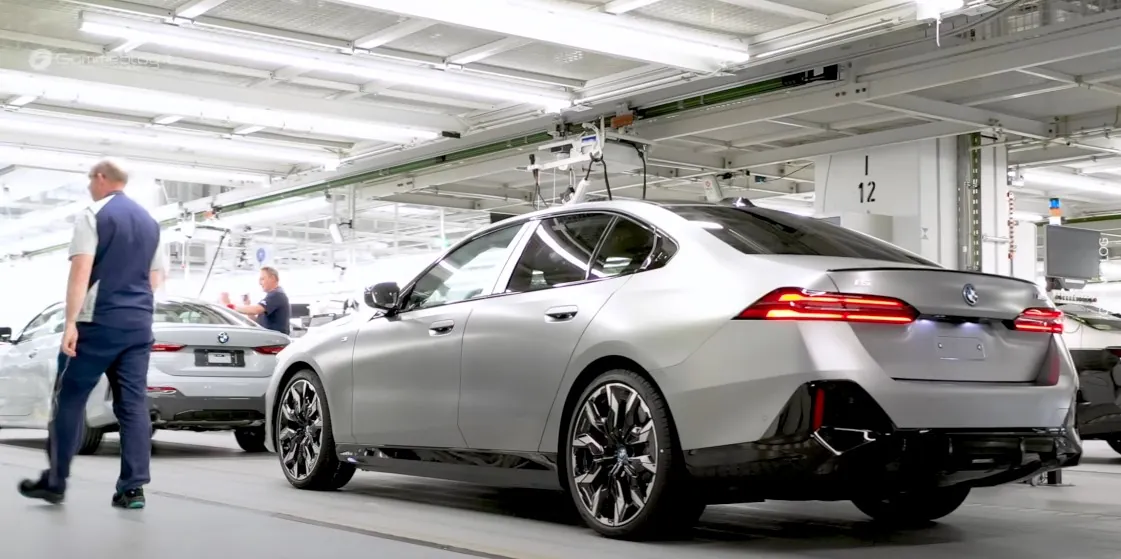
Car manufacturers are under direct pressure to meet strict regulatory deadlines. Diesel production no longer fits future product strategies for many brands. Supply chains are shifting toward electric platforms. Investments are being pulled from diesel engine development. Still, not every company or country accepts a full transition without resistance.
Company Adaptation vs Delay Tactics
Some brands follow new targets by announcing their final diesel models. Volvo has ended diesel production in 2024. Audi will stop by 2026. Mercedes-Benz plans to eliminate diesel sales in Europe before 2030. Others move slower. Toyota and Stellantis support hybrid transitions instead of full electric fleets.
Several carmakers lobby for more time or exemptions. Industry groups in Germany and Italy seek synthetic fuel recognition as a compliance solution. Manufacturers ask for flexibility in emission limits, especially for heavy-duty and commercial segments. Each company shapes policy through investment decisions, advertising campaigns, and legal influence.
Synthetic Fuels and Regulatory Gaps
Germany secured an EU deal allowing sales of internal combustion vehicles that run only on carbon-neutral e-fuels. This exception opens space for diesel-like engines if powered by synthetic fuel. Critics argue that synthetic fuel production remains inefficient, costly, and scarce. Legal terms allow narrow use cases, often excluding standard consumer markets. However, industry support for loopholes reflects broader resistance to a total diesel shutdown.
Impact on Car Manufacturing and Sales
What impact would NGT’s ban on diesel vehicles over 10-year old have on consumers & OEMs? @_soniashenoy decodes pic.twitter.com/cch16AE5eN
— CNBC-TV18 (@CNBCTV18News) July 18, 2016
Automakers built entire industrial systems around diesel engines. Those systems no longer hold. Production lines are shutting down. Contracts are ending. Diesel output is falling every quarter. The shift cuts deep across factories, suppliers, logistics, sales networks, and labor.
Factory Closures and Production Decline
- Volkswagen confirmed the complete shutdown of diesel passenger car production by 2025. Their Zwickau plant already moved to full electric capacity. More than 8,000 workers underwent platform-specific retraining.
- Ford closed the Bridgend engine plant in the UK, which once produced hundreds of thousands of diesel units annually. Over 1,700 employees lost direct jobs.
- Volvo ended all diesel production in early 2024. The company restructured three major facilities in Sweden, Belgium, and China.
- Renault announced an end to diesel powertrain production by 2030, removing over 25 percent of its internal combustion workforce.
- Bosch, once the world’s largest diesel parts supplier, reported a 24 percent drop in diesel revenue between 2020 and 2023.
Diesel engine assembly lines require different machinery, exhaust handling systems, and precision machining tools. Those systems cannot shift to electric use. Shutdowns are permanent.
Collapse of Market Share and Dealer Stocking
The diesel share of new vehicle sales has collapsed in every major auto market:
- European Union: Diesel share peaked at 55 percent in 2011, dropped to 7 percent in 2023.
- Germany: Fell from 47 percent in 2015 to 17 percent in 2023.
- France: Fell under 10 percent in new car registrations by 2023.
- India: Dropped from 47 percent in 2012 to under 18 percent in 2024.
- United Kingdom: Diesel cars represented only 5 percent of new registrations in 2023.
How Real Is the Diesel Ban in Practice?

Deadlines exist on paper. Actual bans depend on enforcement, public compliance, and infrastructure readiness. Not every country enforces rules with equal speed. Some laws stay delayed. Others apply only to new sales, not existing vehicles. Diesel still moves freight, powers rural transport, and fills gaps where electric options remain limited.
Gaps Between Policy and Reality
In many regions, diesel cars stay legal long after sales stop. For example, the EU 2035 ban targets only new models. Existing diesel vehicles will remain on roads for years. In 2024, over 37 million diesel cars still operate across EU countries. Full removal could take decades.
In countries like India, infrastructure gaps prevent rapid EV adoption. Diesel cars remain common in Tier-2 and Tier-3 cities. Rural fuel stations offer no charging. Roads require diesel for transport of goods, farm supply, and essential services.
Delays, Exemptions, and Enforcement Loopholes
Germany’s synthetic fuel exemption allows new diesel-like cars beyond 2035. Italy requested flexible timelines for rural areas. Poland has no national ban, only city-level rules. In the U.S., California leads bans, but most states apply no restrictions at all.
Enforcement remains weak in regions without strong inspection networks. Some countries lack plate recognition systems or roadside compliance checks. Real diesel bans will arrive in uneven waves—fast in cities like Oslo or Paris, slow in industrial regions and low-income zones.
The Bottom Line
Everything points in one direction. Countries have made decisions. Laws are written. Car companies have already changed what they build. Diesel vehicles no longer fit where the world is going.
Plenty of older cars will stay on the road for now. Some places move slower. Some people keep what they already own. That does not stop what is coming. Bans are real. Markets are shifting. Roads are changing.
There will not be one single day when diesel disappears. The change happens piece by piece—through rules, choices, and time.
Related Posts:



